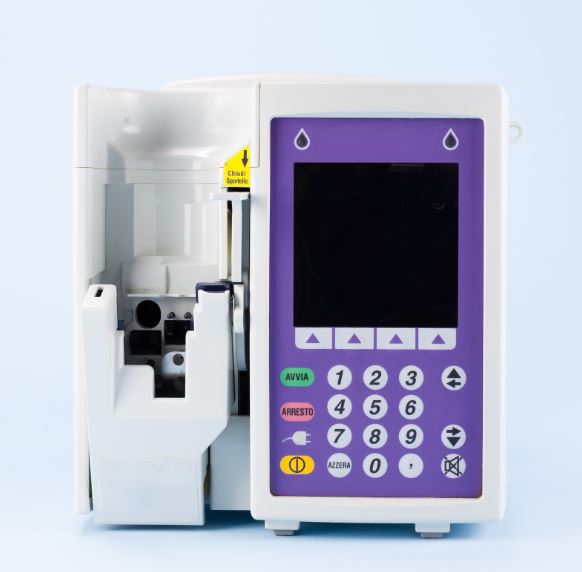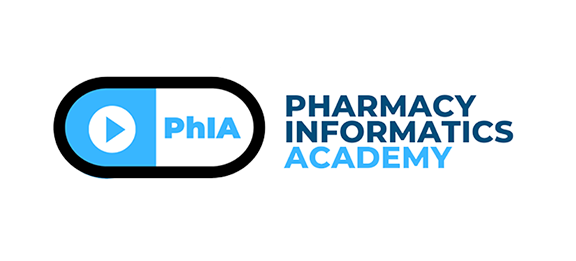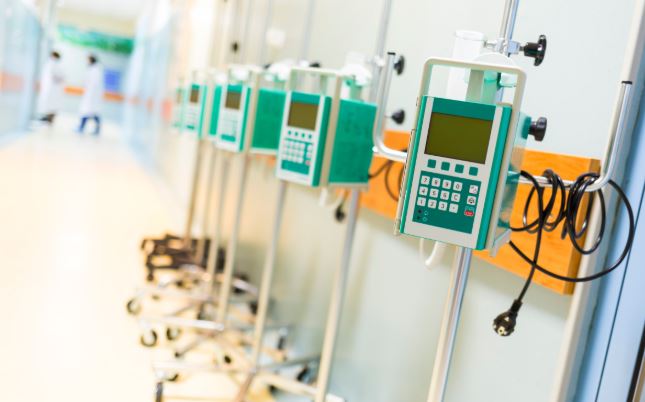Benefits of Infusion Pump Interoperability
The integration of a hospital’s existing system of medical devices and infrastructure with a hospital’s electronic health record system (EHR) is all but inevitable. The benefits of integration are many. There is improved efficiency, reduced wastage, reduced costs, but above all else increased patient safety from integration. Many devices, from laboratory equipment to automated dispensing cabinets have early adoption with interfacing with EHR systems. Recently, many hospitals have also started to integrate infusion pumps with their EHR systems.
Closing the Loop on the Medication Use Process

Pump interoperability is a boon for patient safety. This is because barcode medication administration (BCMA) technology can now be used with the workflow processes of administering infusions. BCMA has already been proven to reduce adverse drug events (ADE) by reducing errors during the administration of a medication by ensuring the 5 rights are followed during administration. In this new workflow, a nurse would be able to scan the drug, then the patient, then the pump to deliver the infusion. This process of administration should ensure the correct medication is delivered to the right patient with all the correct prepopulated parameters programmed to the pumps. Although this process does not prevent transcription errors stemming from order entry or verification, it does prevent errors upon administration by bypassing manual entry of the medication and infusion details at the pump by the nurse.
Interoperability and Documentation
Interoperability of the pumps also means more accurate documentation. Now that the pumps are integrated with the EHR, information of an infusion can be accurately tracked. The pumps will send all infusion data to the EHR and a nurse can then sign in the information to the medication administration record (MAR) at any point in their shift. This means there does not have to be second guessing of what was infused and when. A shift can get busy and details or documentation can be forgotten. In terms of high risk or controlled medications, accurate documentation is particularly useful for ensuring patient safety or ensuring there have not been diversion.
 Accurate documentation also means accurate usage tracking which means less waste. An integrated system can warn the user when a drip is getting low or when the pharmacy should start prepping a new bag. This mean less delays and less waste. Vital infusions like pressors can be made in advance and expensive medications can be anticipated for. Interoperability, allows for users to view running infusion live, allowing a provider to track a high-risk patient’s infusion remotely. It also allows the pharmacy to anticipate when to compound infusions, preventing delays and waste.
Accurate documentation also means accurate usage tracking which means less waste. An integrated system can warn the user when a drip is getting low or when the pharmacy should start prepping a new bag. This mean less delays and less waste. Vital infusions like pressors can be made in advance and expensive medications can be anticipated for. Interoperability, allows for users to view running infusion live, allowing a provider to track a high-risk patient’s infusion remotely. It also allows the pharmacy to anticipate when to compound infusions, preventing delays and waste.
Pump interoperability does not rectify all issues and stop all errors, but it does allow for improved workflows and processes, better patient safety, and overall reduced waste.
For more blog posts, visit our blog page.
More on infusion pumps: FDA Webpage

